More than a month ago, I was in southern California with the preparedness prophet Max Brooks discussing the coronavirus. “We can’t blow this off!” he warned me. The 40-something author of the bestselling World War Z was carefully tracking the trajectory of the virus on his laptop on the kitchen counter, and he was already ready for a 14-day quarantine. He had made a shopping run and stocked up on food for his family and the dog.
“I’ve been prepping for earthquakes since I was a little kid,” Max explained, a habit he picked up from his mother the actress Ann Bancroft. One potential upside to a virus rather than an earthquake, he said, is that if Los Angeles were put under quarantine, the physical infrastructure would remain intact. “In quarantine, assuming the professionals who work at the sewage plant and the power company aren’t sick and haven’t panicked and walked off the job, if you have to quarantine in your house, you can still cook the food that you stored,” said Max, who advises the U.S. Army on disaster preparedness. “You can still take a shower, watch TV and keep yourself safe and warm.”
Max had a lot to say about panic (don’t!), China and the importance of prioritizing public health. I took what he had to say seriously—although I admit I never actually got around to going to the store to stock up on any of the items he mentioned. And I can’t help but notice that, slowly but surely, the travel bans and quarantines Max described are coming to pass. Each and every one of us is affected in one way or another.
So please be careful. Wash your hands often, do what you can to protect people who are vulnerable and of course, stay home if you are sick. If you are in quarantine, we offer you a Quarantine Reading List to help fill the time. Curated by Moment staff, the list features non-fiction and fiction about—what else—viruses, germs and plagues.
Year of Wonders, Geraldine Brooks 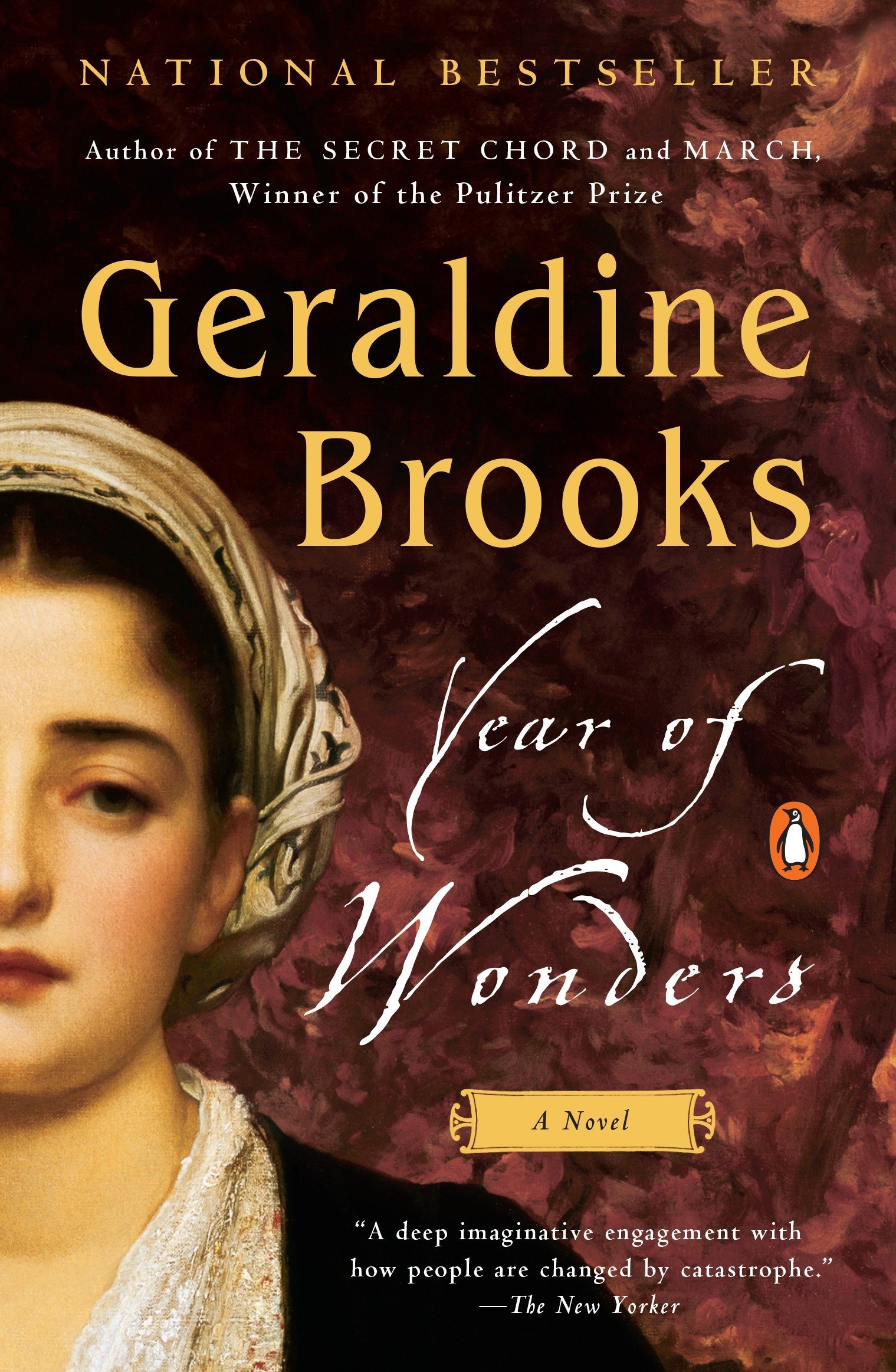
This 2001 international bestselling historical fiction written in the point of view of a housemaid, paints a vivid picture of life in a medieval village hit by the plague. Based on the history of the small Derbyshire village of Eyam that, when the plague hit in 1666, quarantines itself in order to prevent the disease’s spread.
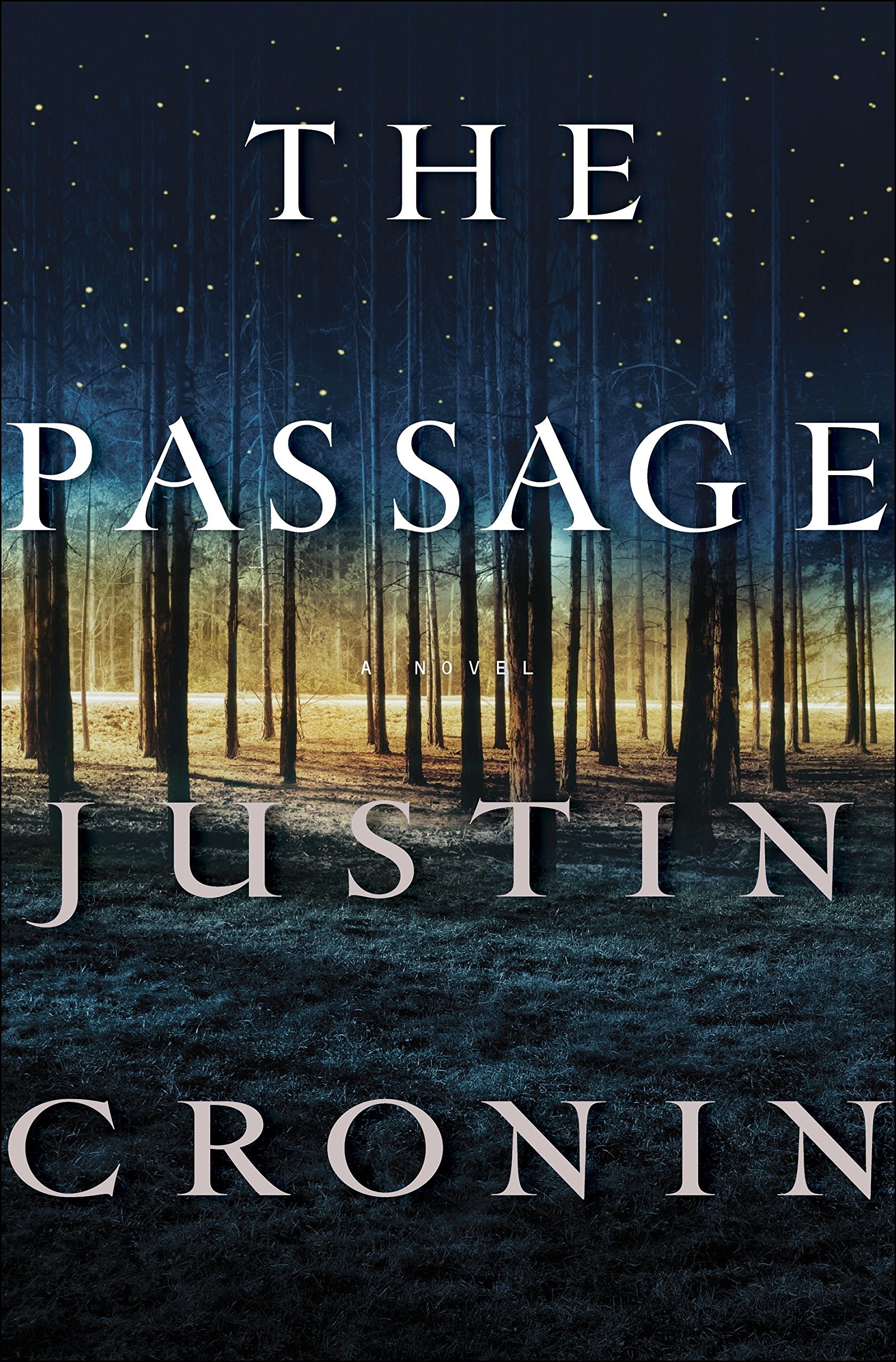 The Passage, Justin Cronin
The Passage, Justin Cronin
Written in 2010, The Passage opens in the near future, an apocalyptic and then post-apocalyptic time where a contagious virus has caused the world to be overrun by zombie/vampire life beings. The novel spans more than 90 years, as groups of humans attempt to adapt in their new world filled with creatures seeking human prey.
The Ghost Map, Steven Johnson (nonfiction) 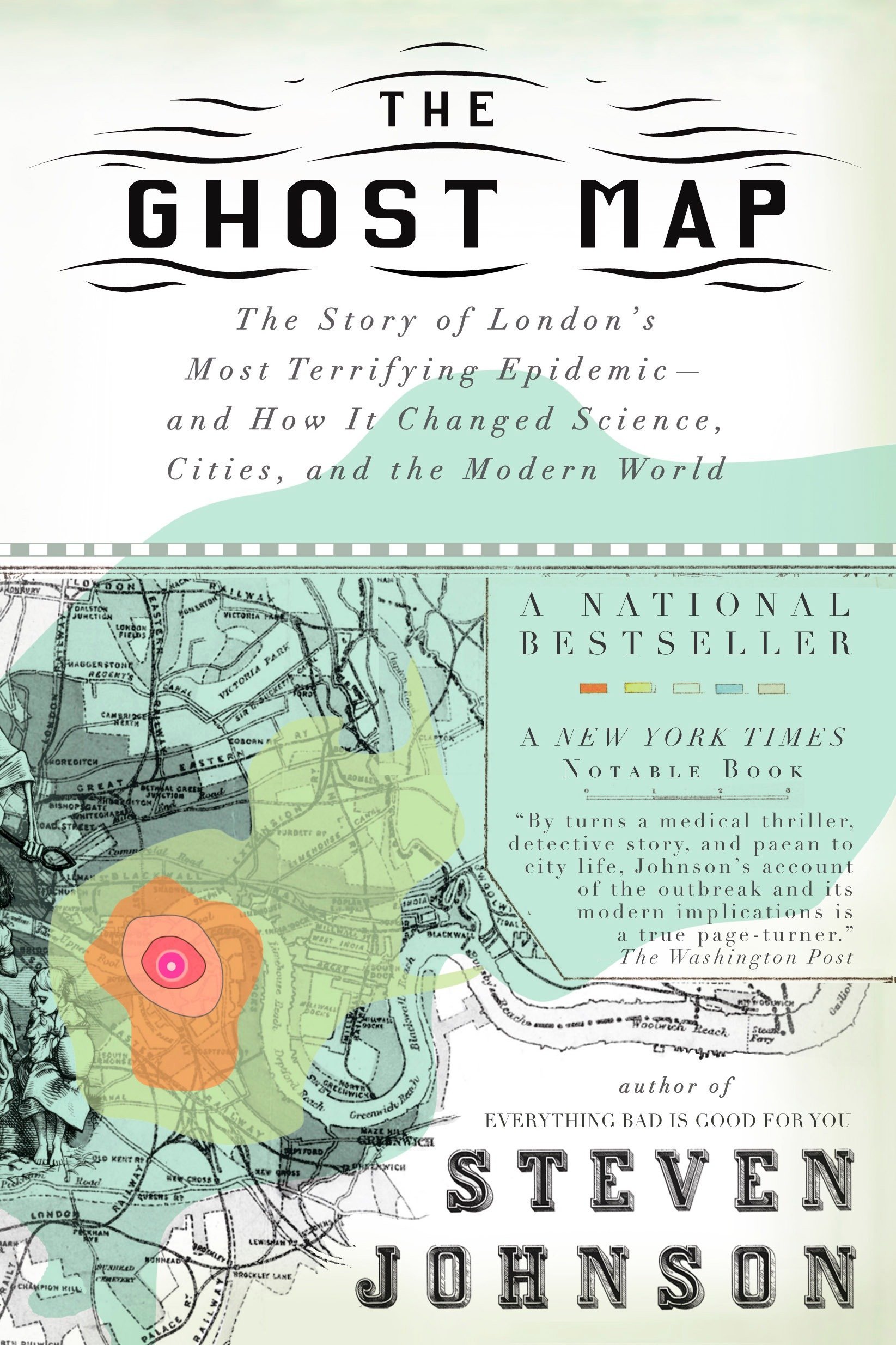
A nonfiction work discussing the Broad Street cholera outbreak of 1854. It follows two central figures: physician John Snow, who created a map of the cholera cases, and the Reverend Henry Whitehead, whose extensive knowledge of the local community helped determine the initial cause of the outbreak. In the mid-1850s, Snow discovered that the source of cholera contamination was the drinking water from the Broad Street pump.
 Station 11, Emily St. Mandel
Station 11, Emily St. Mandel
This is Mandel’s fourth novel. Published in 2014, Station 11 takes place in the Great Lakes region and depicts the aftermath of a fictional swine flu pandemic, known as the “Georgis Flu,” which has killed most of the population.
The Coming Plague, Laurie Garrett (nonfiction) 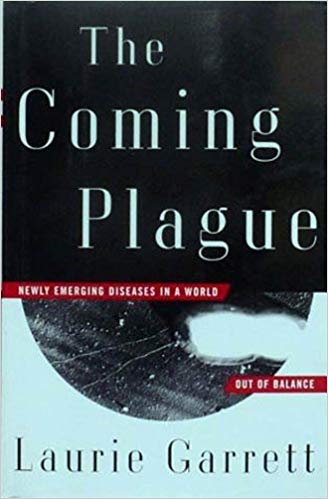
For decades, humans have assumed the success of their conquest against infectious diseases. However, we now find ourselves overrun with AIDS, drug-resistant tuberculosis, cholera that defies chlorine water treatment, and exotic viruses that can kill in a matter of hours. The Coming Plague combines in-depth interviews with experts in virology, molecular biology, disease ecology and medicine to explain our continuing battles with microbes, and what we can do to prevent the coming plague.
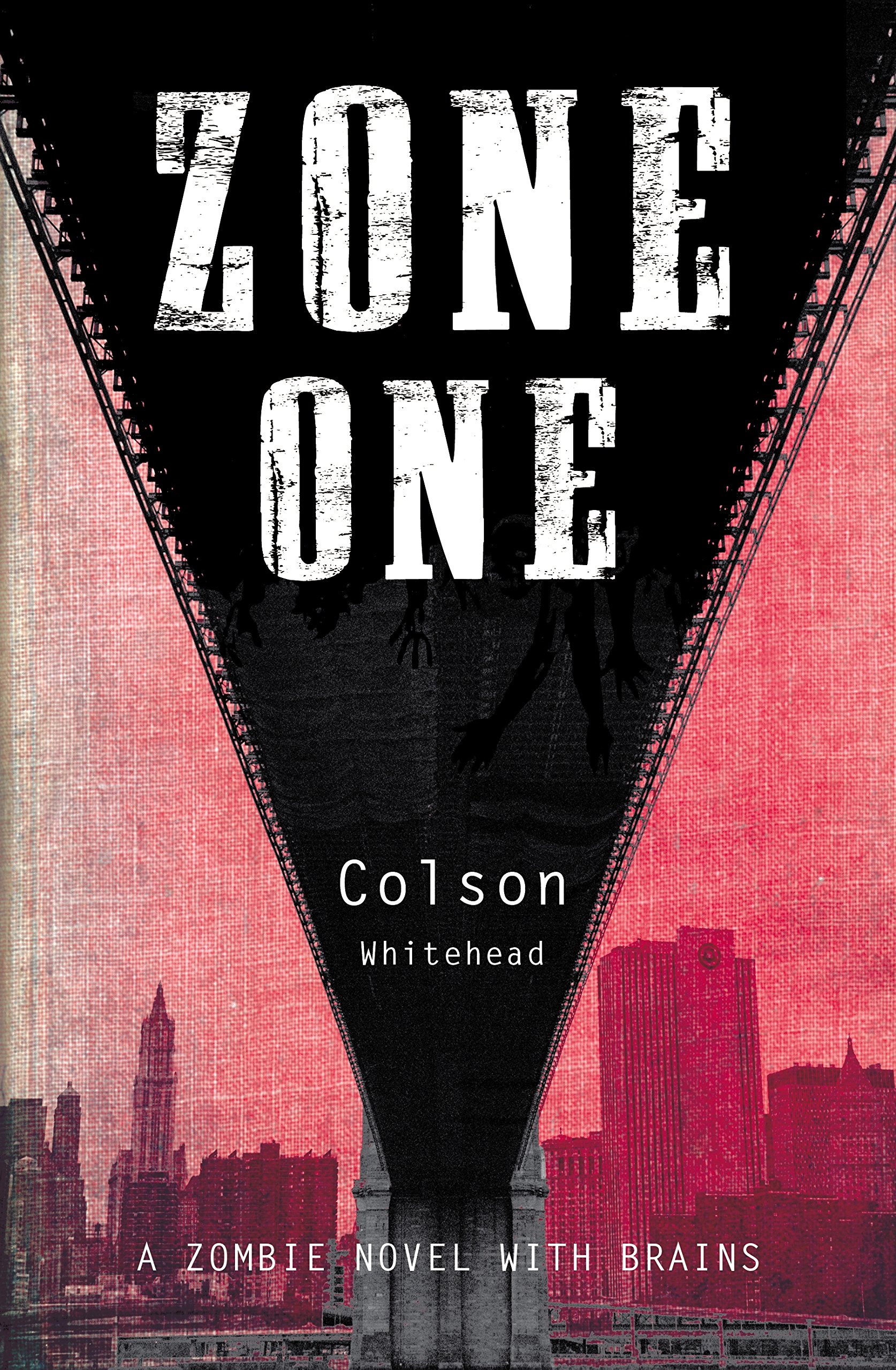 Zone One: A Novel, Colsin Whitehead
Zone One: A Novel, Colsin Whitehead
A 2011 New York Times best-selling novel, Zone One is a zombie story that Whitehead said was an attempt to reengage his teenage fascination with horror writer Stephen King and science fiction icon Isaac Asimov. This novel begins after a virus destroys civilization, turning those infected into deadly contagious zombies. But the world has stabilized, and humanity has begun to rebuild.
The Dog Stars, Peter Heller 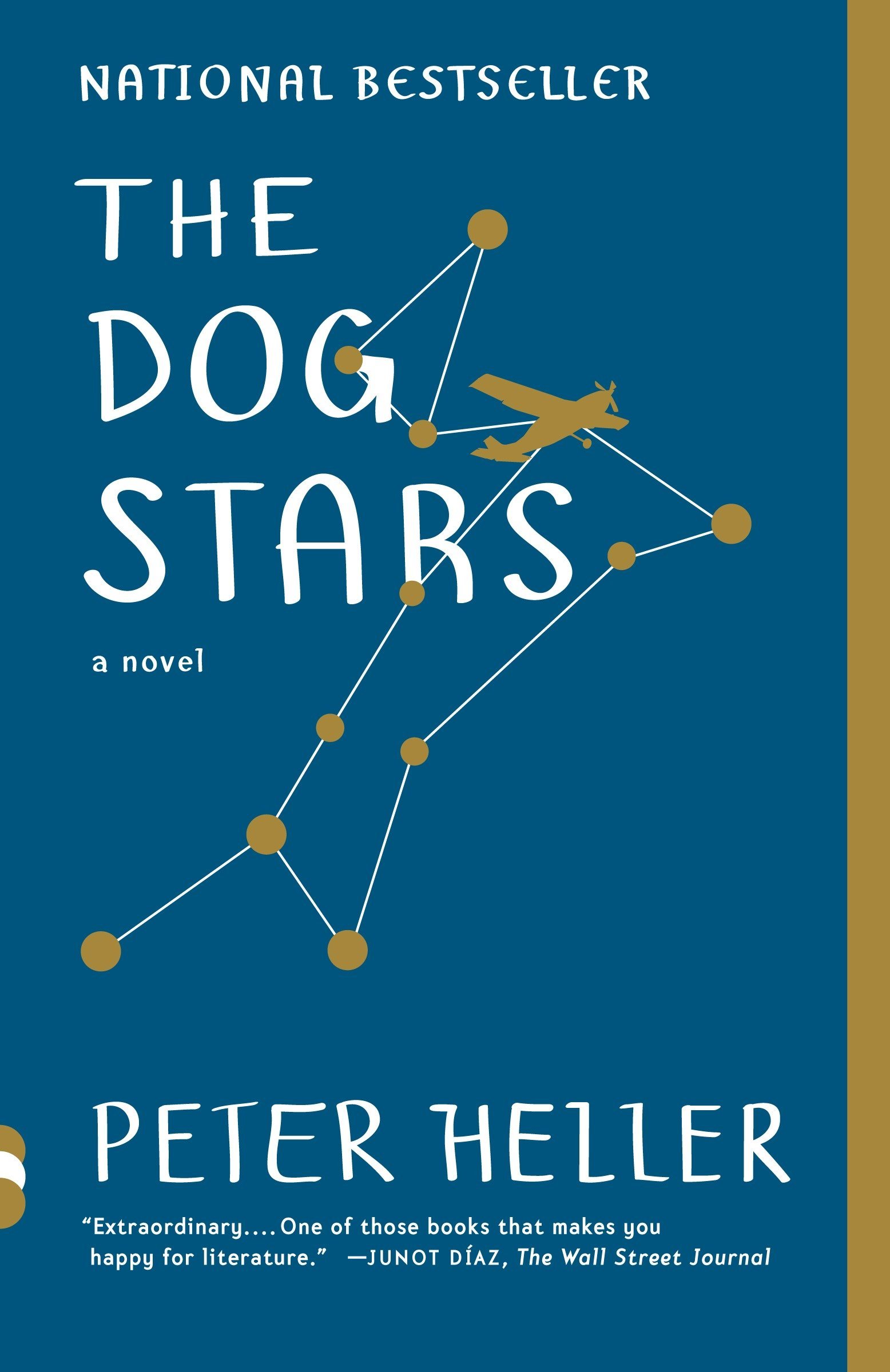
In this post-apocalyptic fiction novel, a man lives a lonely life in an airplane hangar with his dog and dour gunman he has befriended. When a mysterious communication comes through on the radio transmission, it sparks a hunt for the origin of the sound.
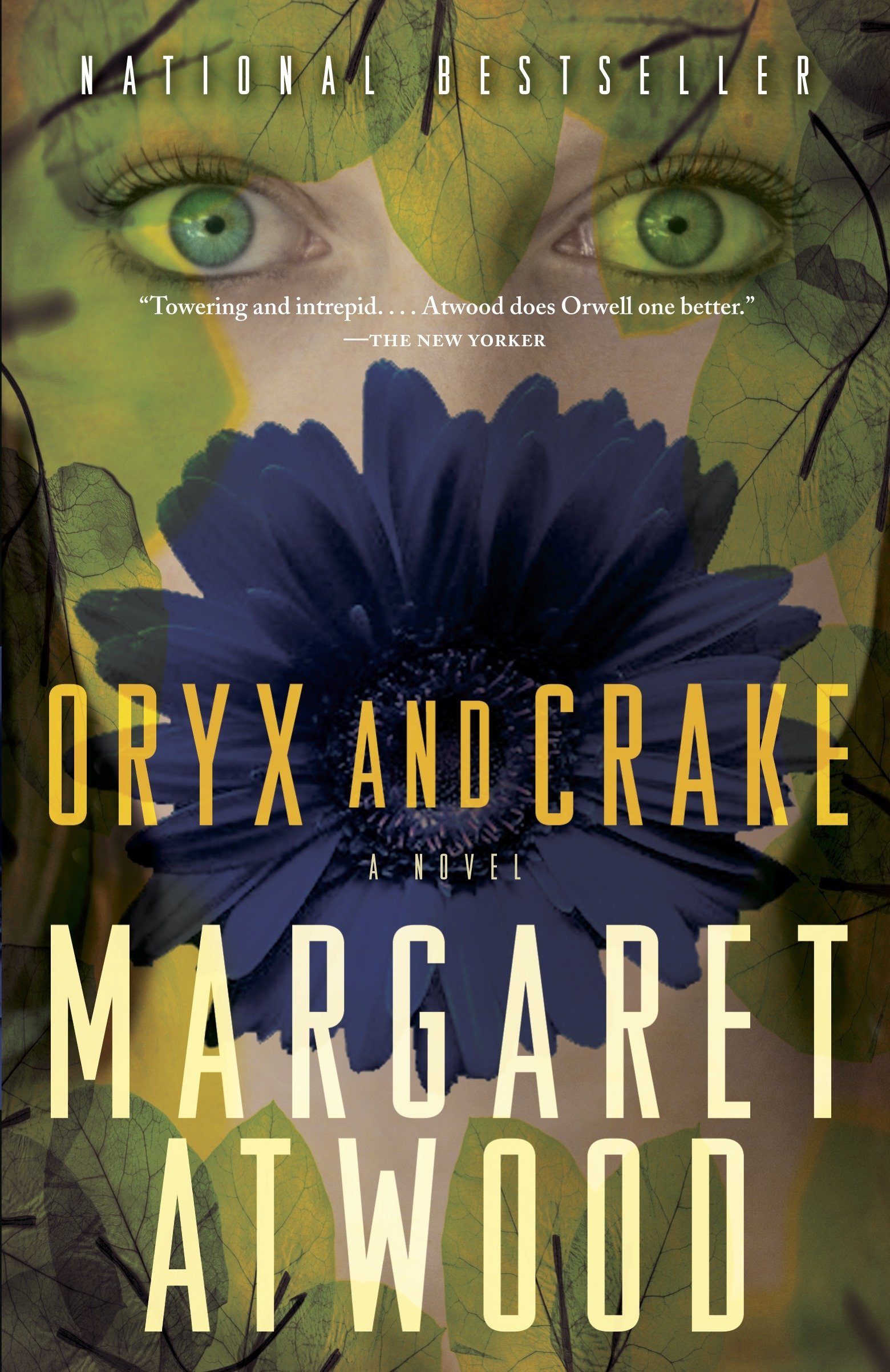 Oryx and Crake, Margaret Atwood
Oryx and Crake, Margaret Atwood
Margaret Atwood describes her 2003 novel as speculative fiction and adventure romance, rather than pure science fiction. It focuses on Snowman, a lone character who finds himself in grim circumstances with only creatures called Crakers to keep him company.
The Girl With All the Gifts, M.R. Carey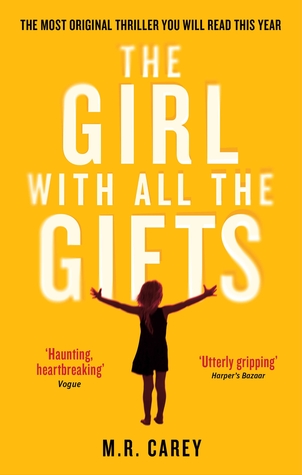
This 2014 science-fiction novel tells the story of a dystopian future in which most of humanity is eradicated out by a fungal infection.
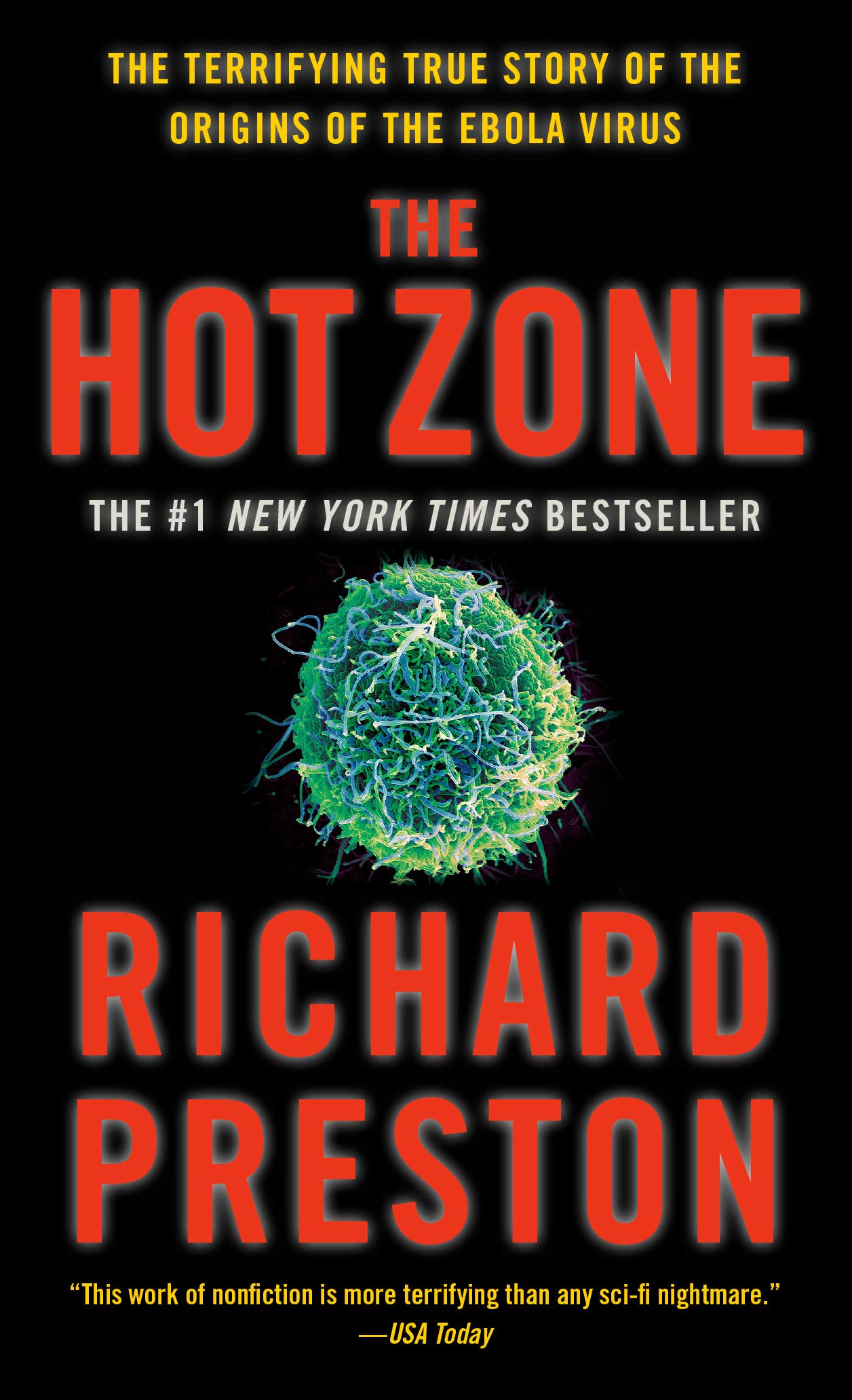 The Hot Zone, Richard Preston (nonfiction)
The Hot Zone, Richard Preston (nonfiction)
The Hot Zone: A Terrifying True Story is a best-selling 1994 nonfiction thriller about viral hemorrhagic fevers, particularly ebolaviruses and marburgviruses. In addition to telling the history of the destruction caused by two of these Central African diseases, Preston describes a 1989 incident in which a relative of Ebola virus, named Reston virus, was discovered at a primate quarantine facility in Reston, Virginia, less than 15 miles away from Washington, DC.
The Stand, Stephen King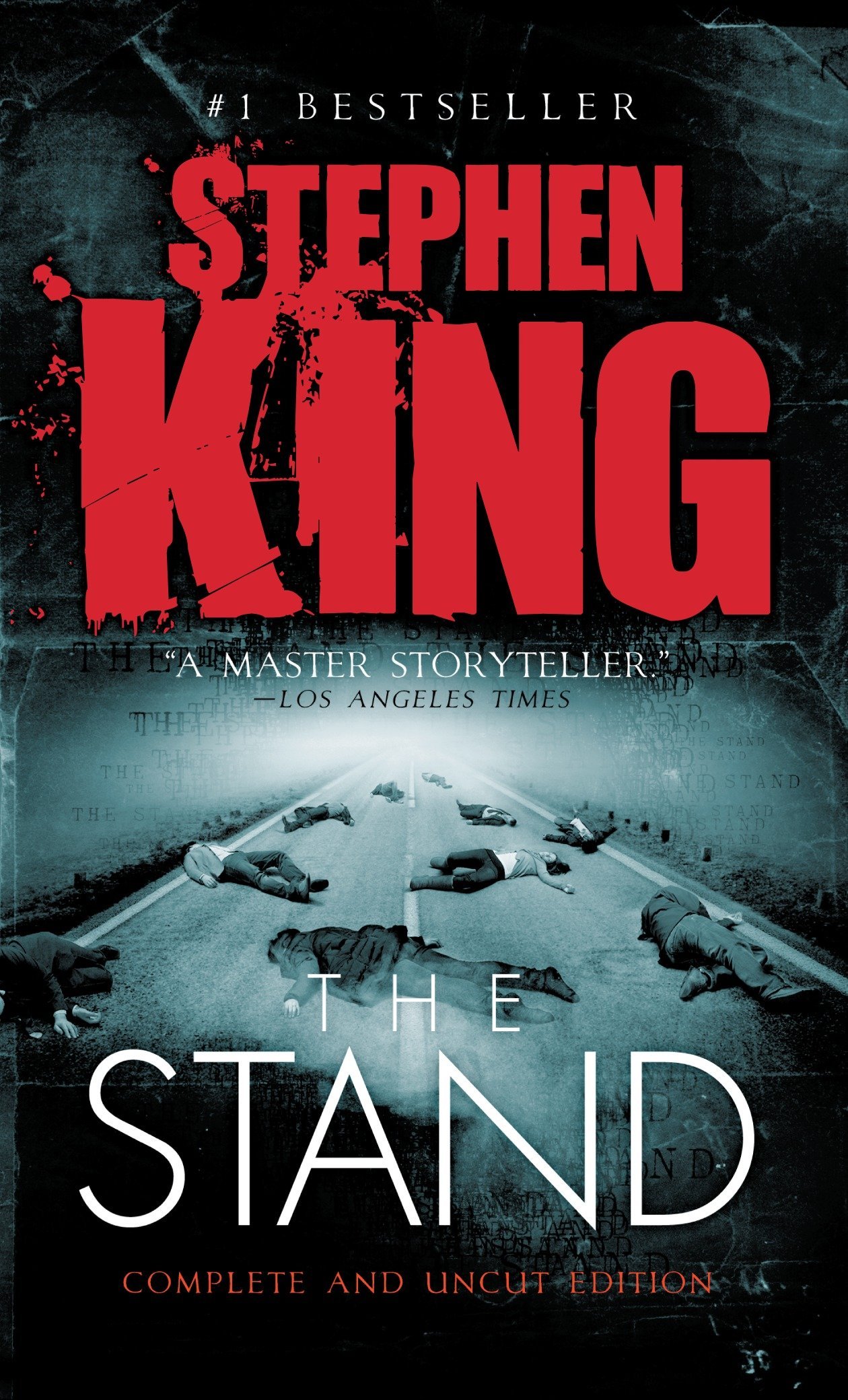
This 1978 post-apocalyptic horror/fantasy novel illustrates a comprehensive vision of the society’s breakdown after the inadvertent release of an influenza strain that had been modified for biological warfare kills over 99 percent of the world’s population and causes an apocalyptic pandemic.
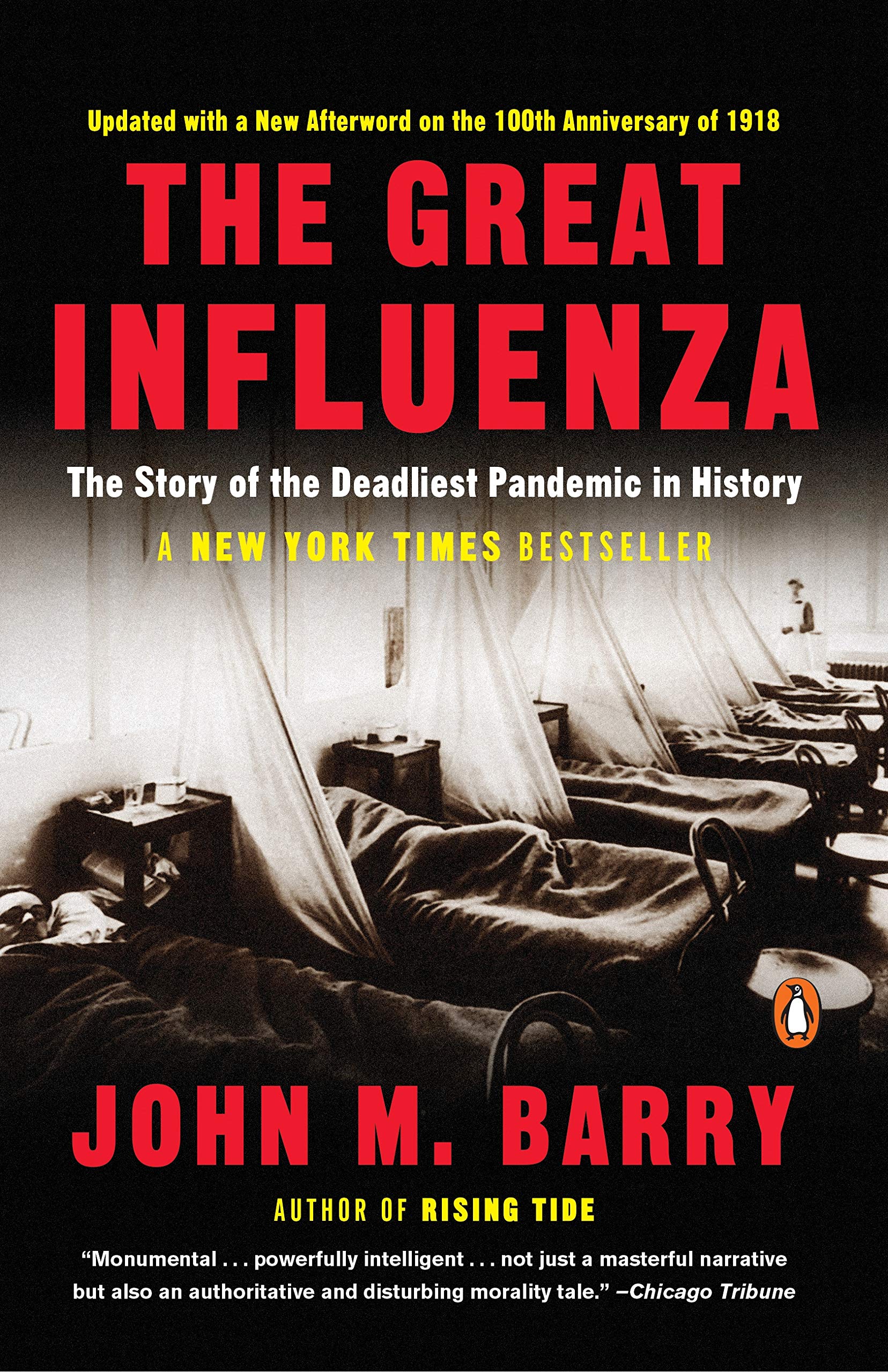 The Great Influenza, John M. Barry (nonfiction)
The Great Influenza, John M. Barry (nonfiction)
The Great Influenza presents a sobering model for the epidemics around our very corners. Going back to World War I, Barry explores how history’s deadliest influenza virus exploded in an army camp in Kansas, moved east with American troops, and then erupted, eventually killing over 100 million people across the globe.
Moment Magazine participates in the Amazon Associates program and earns money from qualifying purchases.




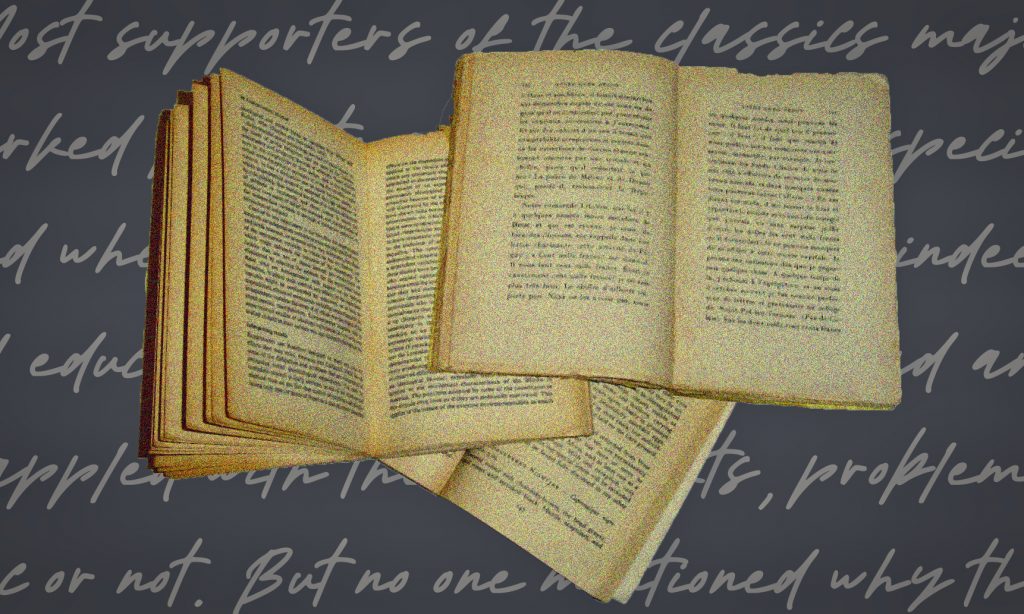
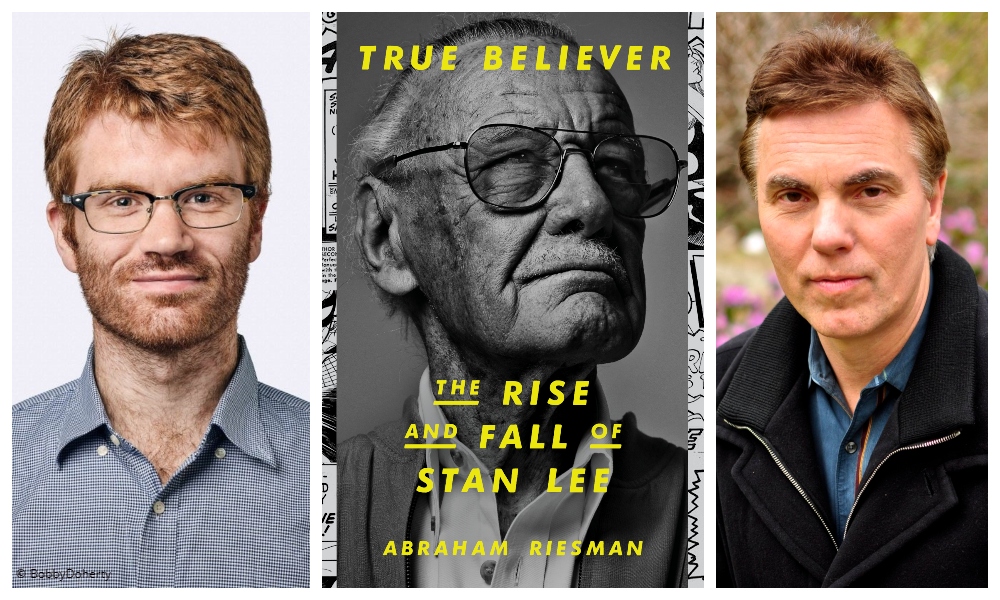
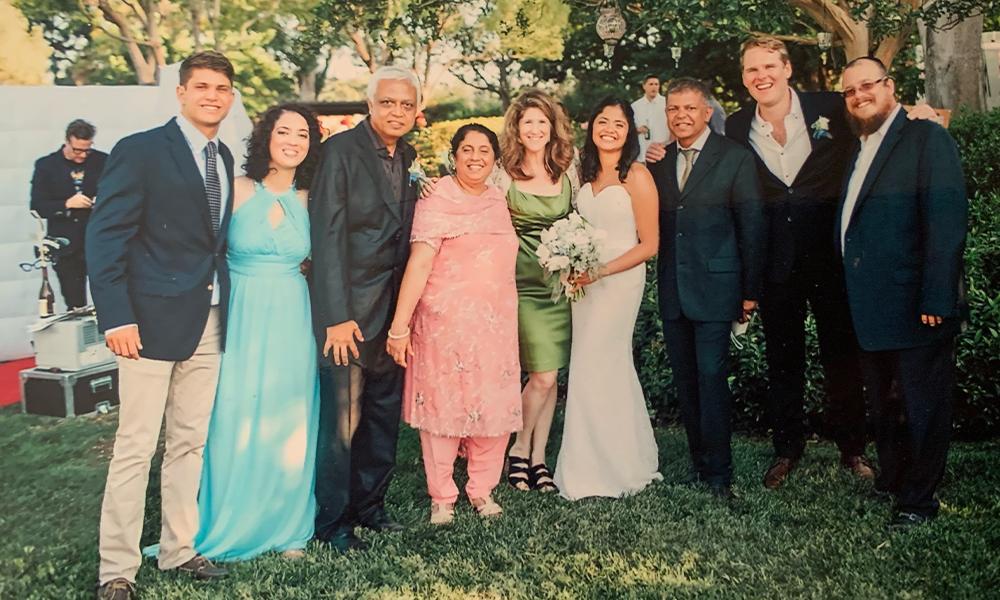
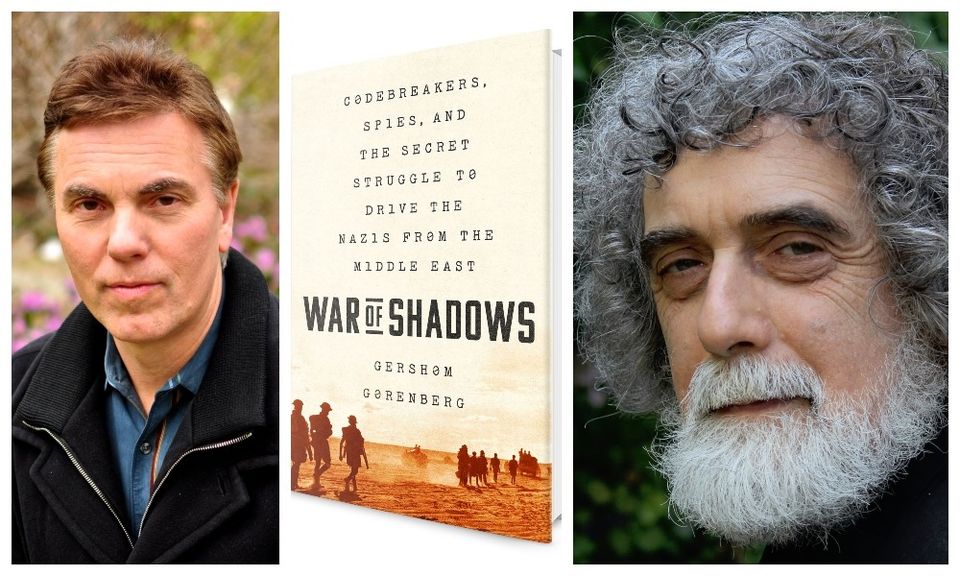

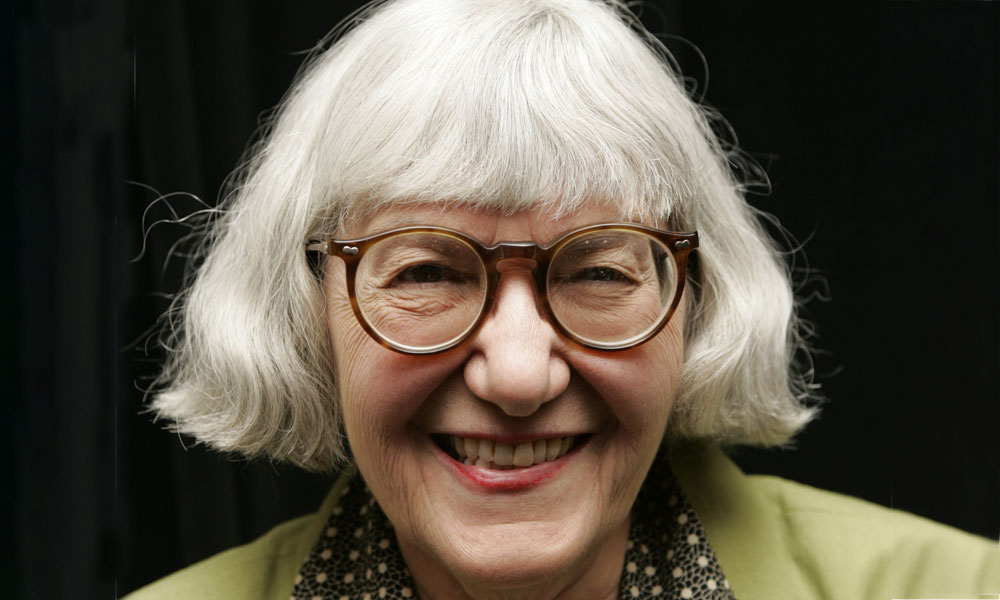
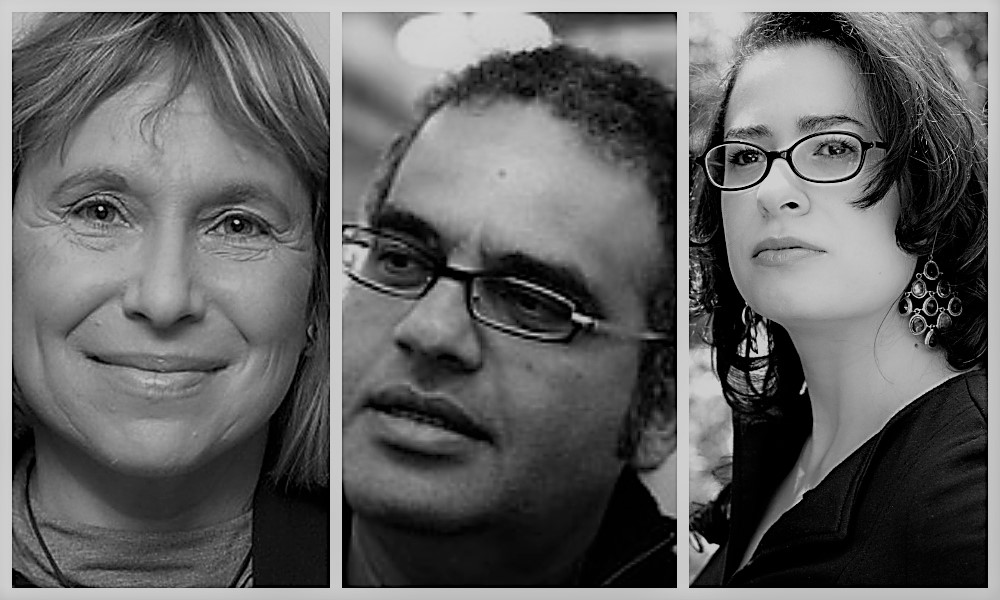


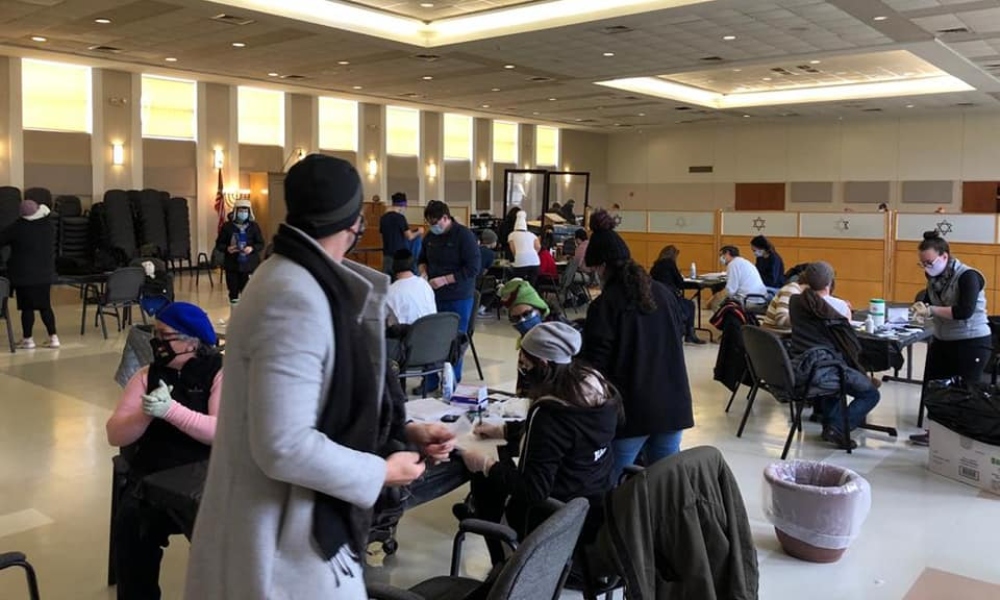
Read Gina Kolata’s book about 1918 flu epidemic- a shorter read, but provides the essential story.